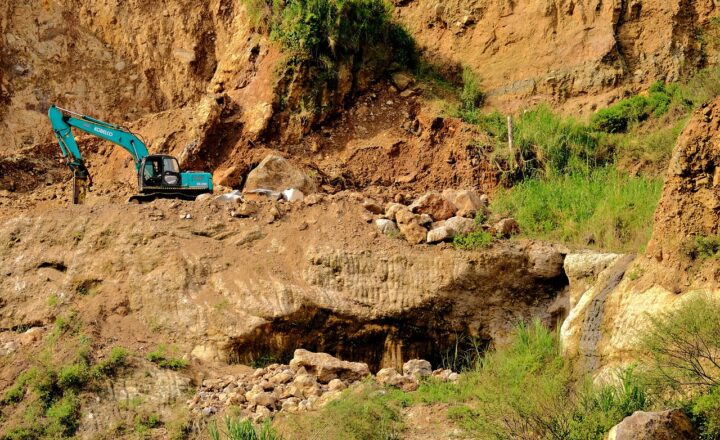How Certain Natural Disasters Shaped Human History and Changed the Way We Live Forever
November 17, 2024

Natural disasters have always been a part of human existence, shaping not only the geography of our planet but also the trajectory of human history. From devastating earthquakes to cataclysmic volcanic eruptions, these disasters have had far-reaching effects that have gone beyond immediate destruction. They have spurred advancements in technology, influenced societal structures, and changed how communities rebuild and interact with their environment. This article will delve into some of the most significant natural disasters in history and explore how they have fundamentally changed the way we live today.
1. The Destruction of Pompeii: A Lesson in Urban Planning
The eruption of Mount Vesuvius in AD 79 is one of the most famous natural disasters in history. The once-thriving city of Pompeii was buried under a thick blanket of volcanic ash, preserving it for centuries. The aftermath of this disaster provided unprecedented insights into Roman society, architecture, and daily life. Archaeologists have uncovered homes, shops, and public buildings, allowing us to understand urban planning in the Roman Empire.
The loss of Pompeii also highlighted the risks of urban living near active volcanoes, prompting future generations to reconsider where cities should be built. This disaster led to stricter building codes and town planning measures in many areas vulnerable to volcanic activity, ultimately shaping modern urban development.
2. The 1906 San Francisco Earthquake: A Catalyst for Building Regulations
Another pivotal moment in history came with the 1906 San Francisco earthquake, registering a magnitude of 7.9. This disaster caused widespread destruction and fires that devastated large portions of the city. The aftermath of the earthquake revealed the urgent need for improved building codes and emergency response mechanisms.
Municipalities across the United States began to implement stricter regulations regarding the construction of buildings, particularly in earthquake-prone areas. This disaster not only changed architectural styles to accommodate safety but also encouraged the establishment of seismic research institutions to better understand and predict seismic activity.
3. The Flooding of New Orleans: The Importance of Infrastructure Investment
Hurricane Katrina in 2005 was one of the deadliest and most costly natural disasters in U.S. history, leading to catastrophic flooding in New Orleans. The disaster exposed significant weaknesses in the city’s levee system and infrastructure.
In the wake of Katrina, there was a push for significant investment in infrastructure not only in New Orleans but across many American cities. Governments recognized that investment in disaster preparedness and infrastructure could save lives and reduce costs in the future. The event reshaped the national conversation about climate resilience and the importance of adequately funding public works to handle severe weather events.
4. The Tsunami of 2004: Global Cooperation and Humanitarian Aid
The Indian Ocean tsunami in 2004, triggered by a massive undersea earthquake, caused unprecedented destruction in several countries, resulting in the loss of over 230,000 lives. The sheer scale of this disaster led to a paradigm shift in how the global community responds to such humanitarian crises.
In the years following the tsunami, international cooperation in disaster response and humanitarian aid was significantly enhanced. Countries began to establish better communication systems and early warning systems for natural disasters. The event prompted the establishment of the Indian Ocean Tsunami Warning System, which serves as a model for other regions prone to tsunamis.
5. Climate Change and Natural Disasters: The New Normal
As we enter an era where climate change significantly impacts the frequency and severity of natural disasters, the global community is forced to rethink not just disaster response but also sustainability. Events such as wildfires in Australia and extreme hurricanes in the Caribbean have illustrated the relationship between human activity and the increasing severity of natural disasters.
The discourse is shifting towards understanding how to mitigate these disasters through sustainable practices, urban redesign, and global environmental policy. The lessons learned from past disasters underscore the importance of proactive measures and preparations to adapt to our changing world.
Conclusion
Natural disasters serve as a stark reminder of our vulnerability on this planet. Throughout history, they have acted as catalysts for change, pushing societies to innovate, adapt, and reinforce their resilience. From urban planning reforms post-Pompeii to climate change awareness today, these events have shaped human history in profound ways. As we move forward, understanding these lessons will be fundamental in navigating a future where natural disasters will likely remain an ongoing challenge in our lives.
By recognizing the impact of these disasters, we can better prepare for the future and work collectively towards a safer, more resilient world.







